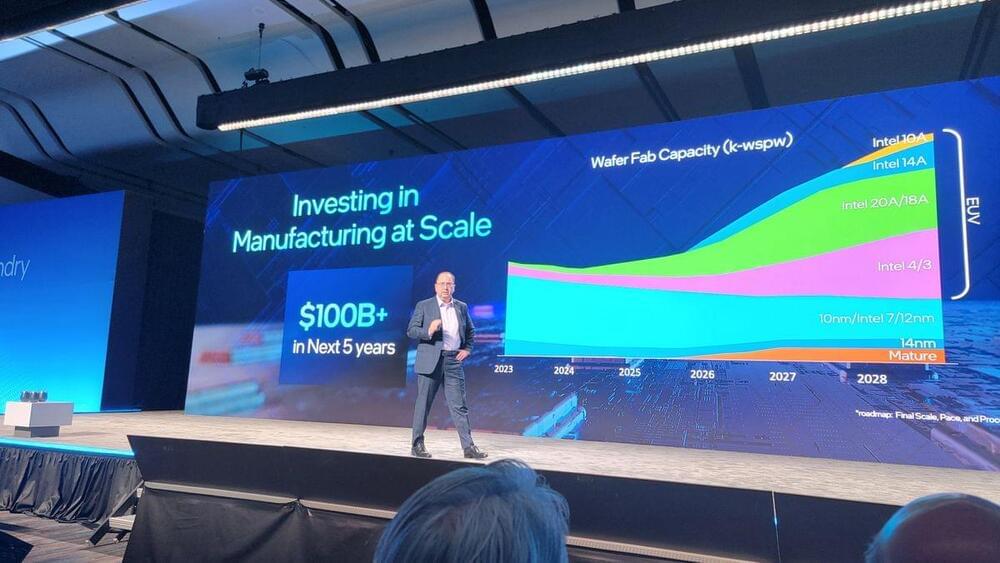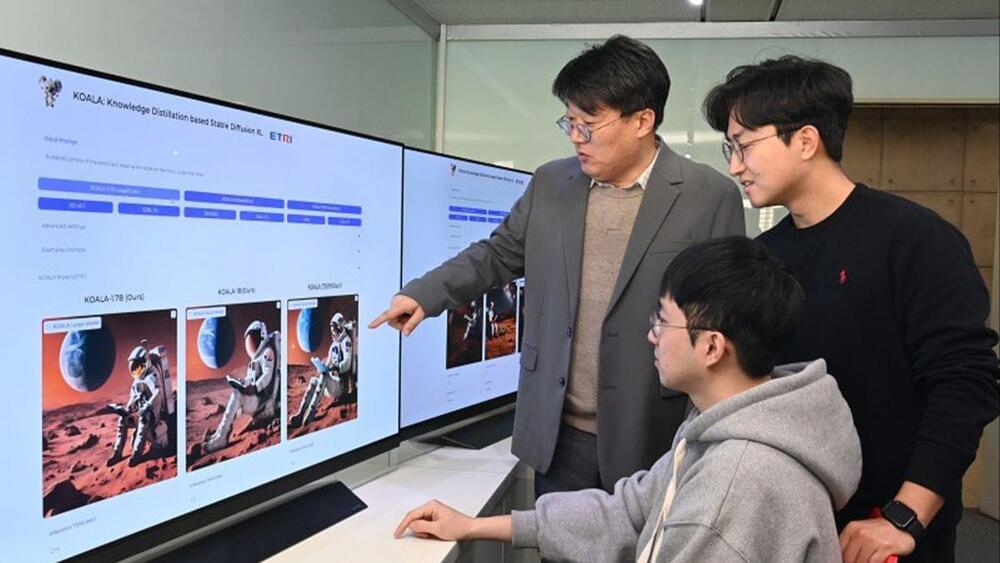1nm chips to arrive in late 2027.


Just days after Elon Musk shared the progress of Tesla’s Optimus robot, Figure AI has released an image of its own humanoid robot at work.
Called “Figure 01,” this humanoid robot is seen being put to work in a warehouse.
In the one-minute and 21-second clip released on YouTube (embedded below), Figure 1 can be seen fetching and moving boxes all on its own.
Spacetime is a conceptual model that fuses the three dimensions of space (length, width, and breadth) with the fourth dimension of time. By doing so, a four-dimensional geometric object is created. Researchers have recently used a similar way of thinking to study AI environments, leading to a unique reframing of AI problems in geometric terms.
Dr. Thomas Burns, a Ph.D. graduate and Visiting Researcher at the Okinawa Institute of Science and Technology (OIST), and Dr. Robert Tang, a mathematician at Xi’an Jiaotong-Liverpool University and a former post-doctoral researcher at OIST, wanted to study AI systems from a geometric perspective to more accurately represent their properties.
They have determined that the occurrence of a “geometric defect,” a failure of what is called Gromov’s Link Condition, correlates exactly to where there is potential for collision between moving AI agents. Their findings have been published in the journal Transactions on Machine Learning Research.

China ruled on a case of infringement of copyright by an AI-generated service, the first effective ruling of its kind globally, which provided a judicial answer to the dilemma of whether the content generated by AI service providers infringes on copyright, media reported on Monday.
According to the 21st Century Business Herald, the Guangzhou Internet Court ruled that the an AI company had infringed the plaintiff’s copyright and adaptation rights to the Ultraman works in the process of providing generative AI services, and should bear relevant civil liability.
The protagonist of this case was the super IP Ultraman. In this case, the copyright owner of the “Ultraman” works exclusively authorized the copyright of the series images to the plaintiff, while the defendant company operated a website, providing services with AI conversation and AI-generated painting functions.


While Pika’s AI generated videos remain arguably lower quality and less “realistic” than the ones shown off by OpenAI’s Sora or even another rival AI video generation startup, Runway, the addition of the new Lip Sync feature puts it ahead of both in offering capabilities disruptive to traditional filmmaking software.
With Lip Sync, Pika is addressing one of the last remaining barriers to AI being useful for creating longer narrative films. Most other leading AI video generators don’t yet currently offer a similar feature natively.
Instead, in order to add spoken dialog and matching lip movements to characters inside the AI video, users have had to make do with third party tools and cumbersome additions in post production, which give the resulting video of a “low budget,” Monty Python-esque quality.

Joe Louca: “Think of it like a realistic video game set on the Moon – we want to make sure the virtual version of moon dust behaves just like the actual thing, so that if we are using it to control a robot on the Moon, then it will behave as we expect.”
After Neil Armstrong took his first steps on the Moon, he said, “It’s almost like a powder”, as he described the lunar regolith, and astronauts on future Apollo missions found working on the lunar surface rather cumbersome and tedious due to the much finer lunar dust compared to Earth’s dirt. Therefore, what steps can be taken to better prepare future rovers and astronauts for NASA’s Artemis program to work on the lunar surface?
This is what a recent study published in Frontiers in Space Technologies hopes to address as a team of researchers led by the University of Bristol developed virtual models of lunar regolith simulants that could provide cost-effective methods to prepare astronauts and robots to work on the lunar surface, someday.
This study builds on an August 2023 study conducted by these same team members that explored the trust between teleoperated robots operating at long distances from Earth with their human controllers. The team found that the human controllers desired to train on increasing difficulty for operating their robots before working the real thing.

Can smartphones apps be used to monitor a user’s mental health? This is what a recently submitted study scheduled to be presented at the 2024 ACM CHI Conference on Human Factors in Computing Systems hopes to address as a collaborative team of researchers from Dartmouth College have developed a smartphone app known as MoodCapture capable of evaluating signs of depression from a user with the front-facing camera. This study holds the potential to help scientists, medical professionals, and patients better understand how to identify signs of depression so proper evaluation and treatment can be made.
For the study, the researchers enlisted 177 participants for a 90-day trial designed to use their front-facing camera to capture facial images throughout their daily lives and while the participants answered a survey question with, “I have felt, down, depressed, or hopeless.” All participants consented to the images being taken at random times, not only when they used the camera to unlock their phone. During the study period, the researchers obtained more than 125,000 images and even accounted for the surrounding environment in their final analysis. In the end, the researchers found that MoodCapture exhibited 75 percent accuracy when attempting to identify early signs of depression.
“This is the first time that natural ‘in-the-wild’ images have been used to predict depression,” said Dr. Andrew Campbell, who is a professor in the Computer Science Department at Dartmouth and a co-author on the study. “There’s been a movement for digital mental-health technology to ultimately come up with a tool that can predict mood in people diagnosed with major depression in a reliable and non-intrusive way.”
